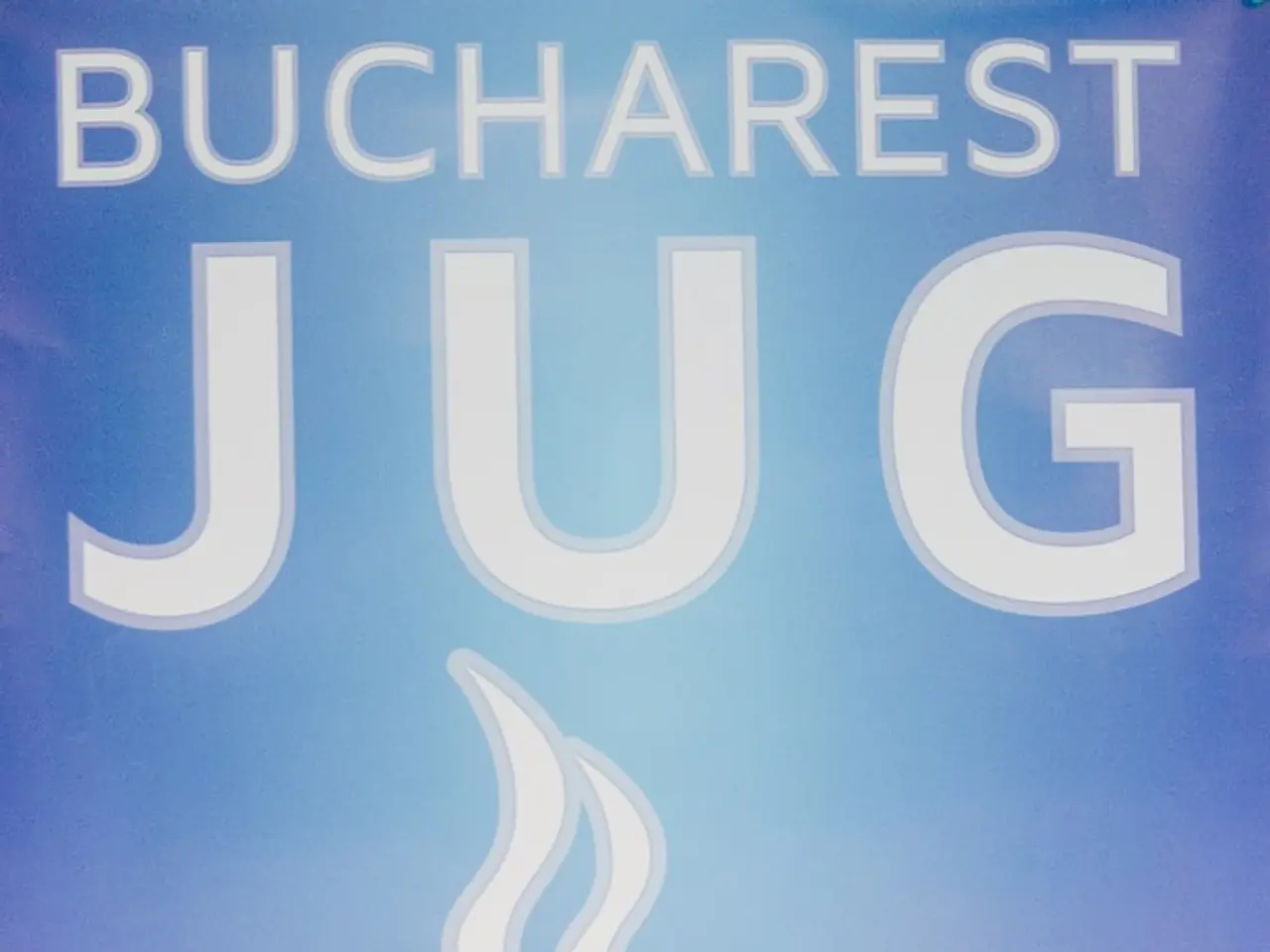Healthcare Realty Trust experiences a 10.5% decrease in value today.
In a move aimed at creating a larger Real Estate Investment Trust (REIT), Healthcare Realty Trust and Healthcare Trust of America announced their intention to merge. However, the market response has been less than enthusiastic, with both companies experiencing a decline in their stock prices.
Despite the strategic rationale behind the merger, investors appear cautious due to several key concerns. Execution risks and operational challenges, such as leasing, asset sales, and debt reduction, have raised eyebrows. The successful execution of these factors is crucial for Healthcare Realty Trust's future re-rating, and any setbacks could further pressure valuations.
The current stock price already reflects ongoing interest rate pressures and the uncertainties tied to the merger, leading to a defensive yield of 7-8%. This suggests investors view the merger as adding risk rather than immediate value.
Another concern is the tight dividend coverage. Healthcare Realty Trust's dividend payout ratio is near 93% of funds available for distribution (FAD), making dividends vulnerable to macroeconomic conditions or operational hiccups until asset sales improve the balance sheet.
Analysts have also weighed in, with multiple downgrades and negative ratings for Healthcare Realty Trust. For instance, Wells Fargo cut the price target from $16 to $15 and gave an "underweight" rating. Other analysts have switched to "sell" or "neutral" ratings.
Governance concerns have also arisen, with Healthcare Realty Trust reducing its Board size significantly from 12 to 7 members. This reduction may worry investors about the loss of diverse perspectives and reduced oversight capacity during a critical transition period post-merger.
The combined entity, to be renamed Healthcare Realty Trust, will see Healthcare Realty Trust shareholders owning 39%, while Healthcare Trust of America shareholders will own 61%. Healthcare Trust of America shareholders will receive $35.08 per share in total compensation, with $4.82 being a special dividend. The remaining compensation will be in the form of Healthcare Realty Trust stock.
The dividend for the combined company will be set at $0.3025 per share per quarter. The merger is expected to increase Healthcare Realty Trust's scale and allow for cost synergies between the two companies.
However, the merger does not seem to have improved investor sentiment. It has not been well-received by the market, and the combined entity has not been met with widespread enthusiasm among shareholders. The decline in stock prices on the news suggests investors prefer to wait for clearer evidence of operational improvements and successful integration before recommitting heavily to these stocks.
The merger does not seem to have been positively received by investors, as both healthcare REITs fell on the news. It also does not seem to have been immune to the effects of a big down day on Wall Street, with Healthcare Realty Trust shares falling by up to 10.5% in early trading on Feb. 28.
In conclusion, while the merger between Healthcare Realty Trust and Healthcare Trust of America aims to create a larger REIT, investors are cautious due to execution risks, increased leverage concerns, and potential impacts on dividend stability. The logic for this transaction does not seem to be particularly alluring for shareholders, and investors are preferring to wait for clearer evidence of operational improvements and successful integration before committing heavily to these stocks.
- The cautious attitude of investors towards the merger between Healthcare Realty Trust and Healthcare Trust of America is primarily due to concerns about execution risks, operational challenges, and the tight dividend coverage.
- The potential impacts on dividend stability, combined with the already defensive yield of 7-8%, suggest that investors view the merger as adding risk rather than immediate value.
- Despite the merger's intended increase in scale and cost synergies between the two companies, the decline in stock prices on the news indicates that investors prefer to wait for clearer evidence of operational improvements and successful integration before committing heavily to these stocks.




